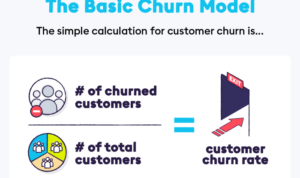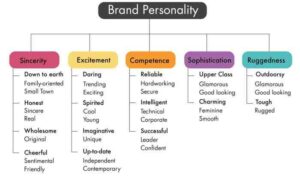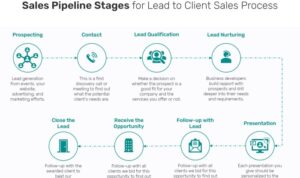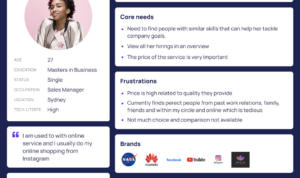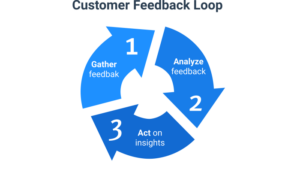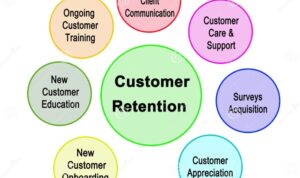Understanding Customer Retention Metrics sets the stage for unlocking the secrets to keeping customers loyal and satisfied, a crucial element in the business landscape. Dive into the world of customer retention metrics to discover how businesses thrive in the competitive market.
Explore the nuances of customer retention metrics and how they pave the way for sustainable growth and long-term success in the modern business environment.
Importance of Customer Retention Metrics
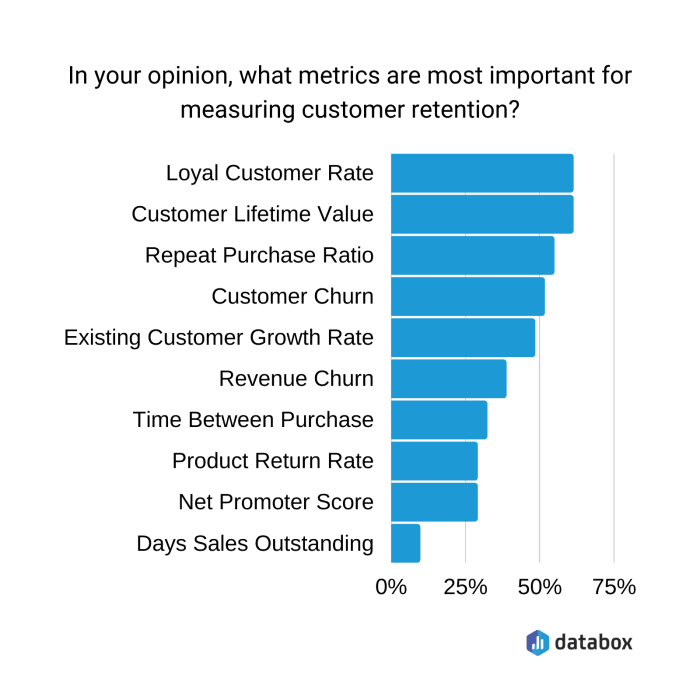
Customer retention metrics are vital for business success as they help companies understand how well they are retaining customers and fostering loyalty. By monitoring these metrics, businesses can identify areas of improvement, tailor their strategies to meet customer needs, and ultimately increase customer lifetime value.
Difference Between Customer Retention and Acquisition Metrics
Customer retention metrics focus on the percentage of customers who continue to do business with a company over time, measuring loyalty and satisfaction. On the other hand, customer acquisition metrics track the number of new customers acquired within a specific period, highlighting the effectiveness of marketing and sales efforts.
- Customer Churn Rate: This metric calculates the percentage of customers who stop using a product or service within a given period. A high churn rate indicates that customers are not satisfied and may leave for a competitor.
- Customer Lifetime Value (CLV): CLV measures the total revenue a business can expect from a customer throughout their entire relationship. Understanding CLV helps companies allocate resources effectively and focus on high-value customers.
- Net Promoter Score (NPS): NPS gauges customer loyalty by asking customers how likely they are to recommend a company to others. A high NPS indicates satisfied customers who are likely to become brand advocates.
Types of Customer Retention Metrics
Customer retention metrics are crucial for businesses to track and measure the effectiveness of their strategies in retaining customers. There are different categories of customer retention metrics that provide valuable insights into customer behavior and loyalty.
Churn Rate
Churn rate is a key metric that measures the percentage of customers who stop using a product or service over a specific period. It helps businesses understand the rate at which customers are leaving, which is essential for identifying areas of improvement in customer retention strategies.
Customer Lifetime Value (CLV)
Customer Lifetime Value is another important metric that calculates the total revenue a business can expect from a customer throughout their entire relationship. It helps in determining the profitability of retaining a customer over time and guides businesses in focusing on high-value customers.
Leading Indicators vs. Lagging Indicators
Leading indicators are predictive metrics that help businesses forecast future customer behavior, such as customer engagement and satisfaction scores. On the other hand, lagging indicators are retrospective metrics that measure past customer actions, like churn rate and retention rate. By analyzing both types of indicators, businesses can proactively address customer retention issues and make informed decisions.
Behavioral Metrics
Behavioral metrics focus on tracking customer actions and interactions with a product or service. These metrics include customer engagement, frequency of purchases, and product usage patterns. By analyzing behavioral metrics, businesses can gain valuable insights into customer preferences, identify potential churn risks, and personalize customer experiences to improve retention rates.
Implementing Customer Retention Strategies
Implementing customer retention strategies is crucial for businesses looking to improve customer loyalty and increase repeat purchases. By utilizing customer retention metrics effectively, companies can identify areas for improvement and tailor their strategies to meet the needs of their customers.
Using Customer Retention Metrics to Improve Retention Rates, Understanding Customer Retention Metrics
- Track customer satisfaction levels regularly to address any issues promptly.
- Segment customers based on their behavior and preferences to personalize communication.
- Offer loyalty programs or personalized discounts to incentivize repeat purchases.
- Analyze feedback and reviews to make necessary changes and enhance the overall customer experience.
Hypothetical Scenario: Customer Retention Metrics Driving Decision-Making
In a hypothetical scenario, a retail company notices a decline in repeat purchases through their online store. By analyzing customer retention metrics, they discover that customers who receive personalized recommendations based on their past purchases have a higher retention rate. As a result, the company decides to invest more resources in improving their recommendation engine to enhance customer personalization and increase retention rates.
Examples of Successful Businesses Leveraging Customer Retention Metrics
- Amazon utilizes customer purchase history to recommend products and enhance customer retention.
- Starbucks rewards program tracks customer spending habits and tailors offers to increase customer loyalty.
- Zappos provides exceptional customer service and uses feedback to improve retention rates.
Analyzing Customer Feedback and Retention Metrics: Understanding Customer Retention Metrics
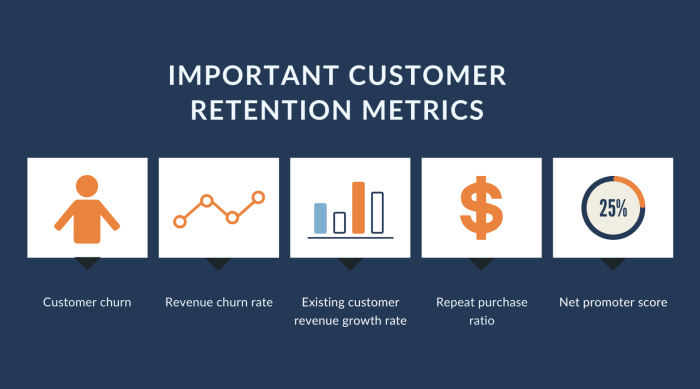
Customer feedback plays a crucial role in interpreting customer retention metrics as it provides valuable insights into the reasons behind customer behavior. By analyzing feedback, businesses can understand what drives customers to stay loyal or what causes them to churn.
Role of Net Promoter Score (NPS)
The Net Promoter Score (NPS) is a key metric used to measure customer satisfaction and loyalty. Customers are asked a simple question: “On a scale of 0-10, how likely are you to recommend our product/service to a friend or colleague?” Based on their responses, customers are classified into Promoters, Passives, or Detractors. NPS helps businesses gauge overall customer sentiment and loyalty, which directly impacts retention rates.
- NPS scores can be used to track changes in customer satisfaction over time.
- Identifying Promoters can help businesses understand what they are doing right and leverage those strengths to retain more customers.
- Addressing concerns raised by Detractors can prevent customer churn and improve overall retention rates.
Integrating Customer Feedback Analysis with Retention Metric Evaluation
The process of integrating customer feedback analysis with retention metric evaluation involves aligning feedback data with key retention metrics to gain a comprehensive understanding of customer behavior.
Businesses can use feedback data to validate retention metrics and identify any discrepancies that need to be addressed to improve customer retention rates.
- Segmenting feedback data based on customer retention metrics can provide a detailed view of customer preferences and pain points.
- Regularly analyzing customer feedback alongside retention metrics allows businesses to make data-driven decisions that positively impact customer retention rates.
- By integrating feedback analysis with retention metric evaluation, businesses can create personalized retention strategies that cater to the specific needs of different customer segments.
